The car is FBO on VIV 17T Turbos pushing 24 psi on 98RON gas.


The car is FBO on VIV 17T Turbos pushing 24 psi on 98RON gas.


Stock car 100RON Gas
Racebox datalog
This time is pretty impressive, and if we consider that it is a Manual Transmission car and RWD, it just gets even more impressive. No burnout, no lowered tire pressure, full weight, full tank.
Launch control was set to 3700rpm, but it bogged down to 2700rpm on launch. I am satisfied with this time, but I feel like it could be improved if I play around with the launch control rpm a bit more, so I don’t bog down on launch.
0-60 mph: 3.81
0-100 kph: 3.99
Uncorrected:
0-60 mph: 3.9 – 1.4% Slope
0-100 kph: 4.09 – 1.4% Slope
The car made 418 WHP and 502 lb-ft torque, mods are DCI, upgraded inlets, intercooler. MHD custom backend flash by HP Addict + JB4 @20psi.
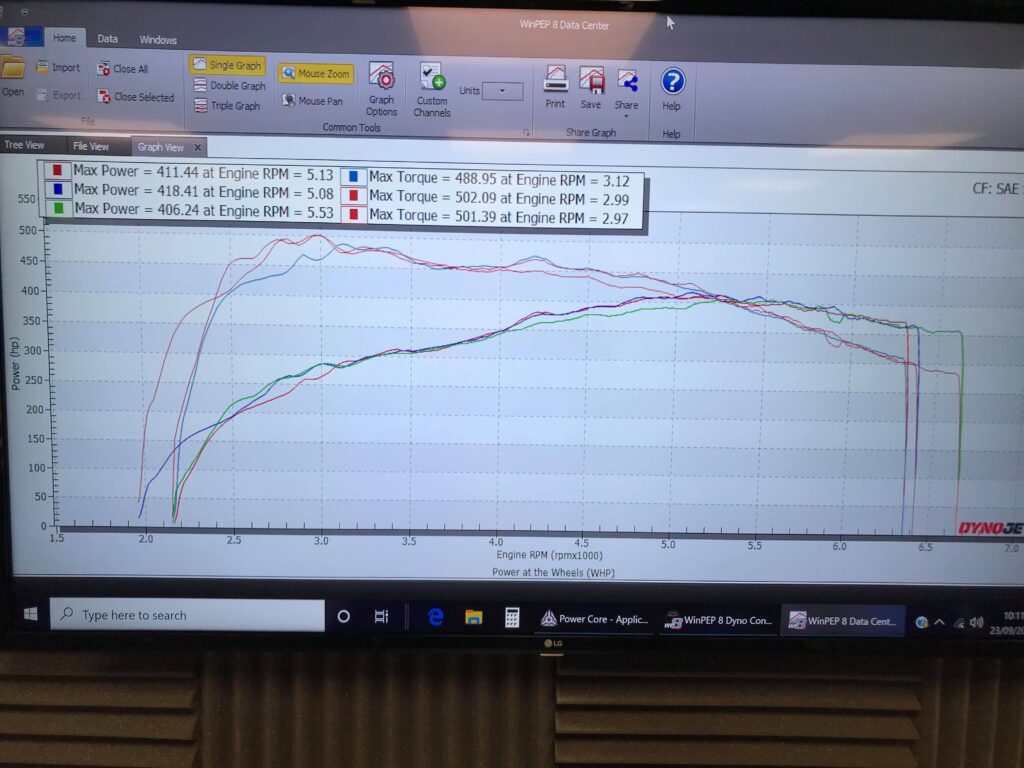
This crankcase breather is a valve, don’t let the filter fool you, it isn’t sucking anything in. The breather kit has a ball inside it with an O-ring, and it opens to pressure and closes to vacuum.
The filter is only there, to prevent any oil spraying out in your engine bay if any would manage to make it through the baffle system, which has multiple filters, so you won’t be seeing any oil coming out really.
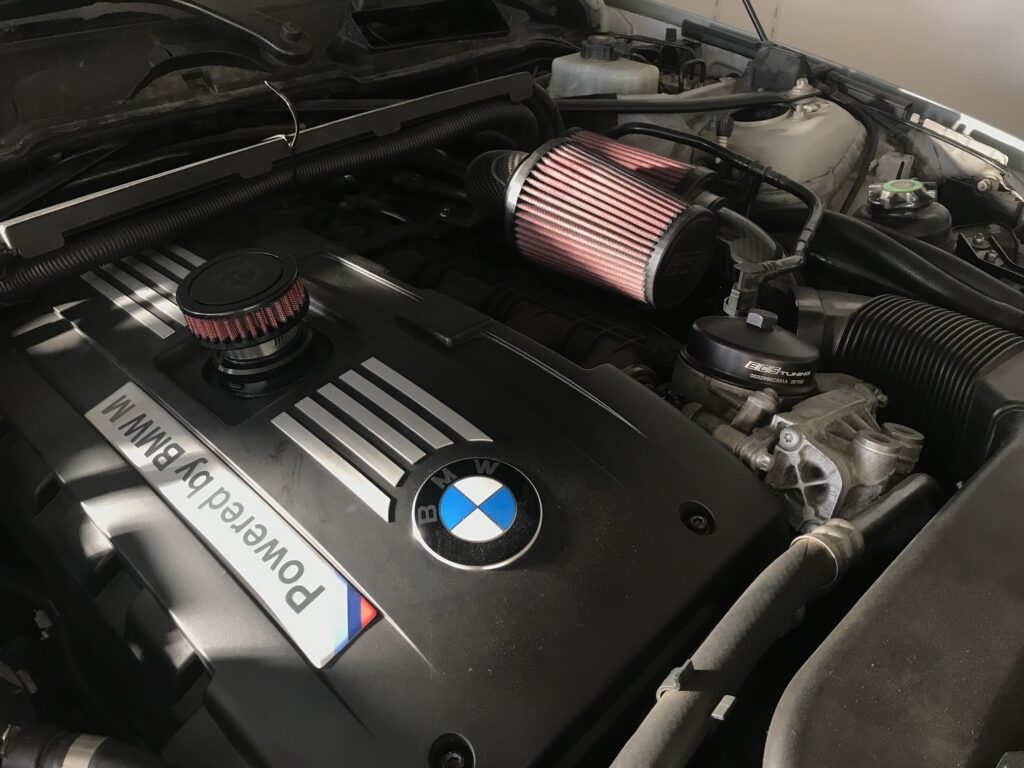
There is very high pressure in the cylinders above the pistons when the combustion occurs, and increasing engine power also increases these pressures, and some of that pressure, manages to leak past the piston rings, which pressurizes the crankcase.
This breather kit is meant to release those built-up pressures.
There is something you need to be aware of.
You are letting the air out in the engine bay, which is very close to your cowl filters, so you are going to smell fuel and oil vapor on WOT.
I have also noticed that I was making slightly less boost, with the same wgdc.
You can’t forget, that the N54 head has small holes in the intake ports, which go straight to your valve cover, so when you are in boost, you are also pressurizing the crankcase through those ports.
By letting out the pressure from the crankcase, you are also letting a small amount of the boost out. From what I have noticed, I lost around 0.5 psi at around 5500 RPM, where I was targetting 20 psi.
The only solution to this is plugging the head ports, which you can find guides to all over the internet.
I would only really recommend this breather kit if you have the head ports plugged.

MMP Catless Downpipes
Wagner Evo 3 Intercooler
MLPerformance Chargepipe
ECS Kohlefaser Luft-Technik Twin Cone Intake
Turbosmart Diverter Valves
550i/335is clutch with DMFW
Strongflex transmission mounts
Strongflex rear subframe and diff bushings
Walbro 450 lpfp Stock muffler
100RON gas and Stock Turbos @24psi
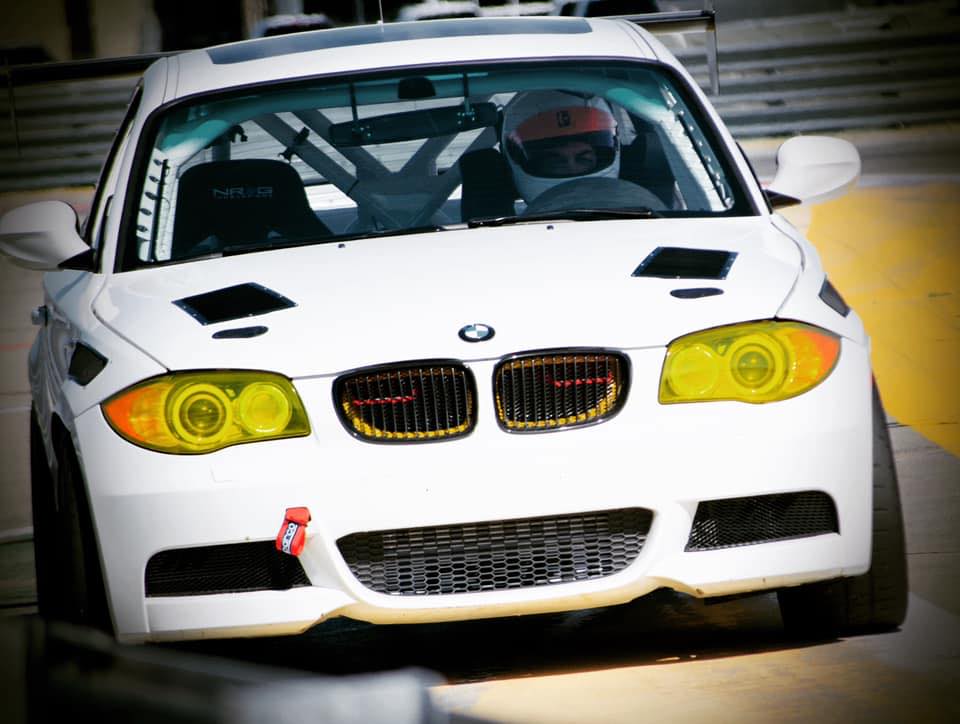
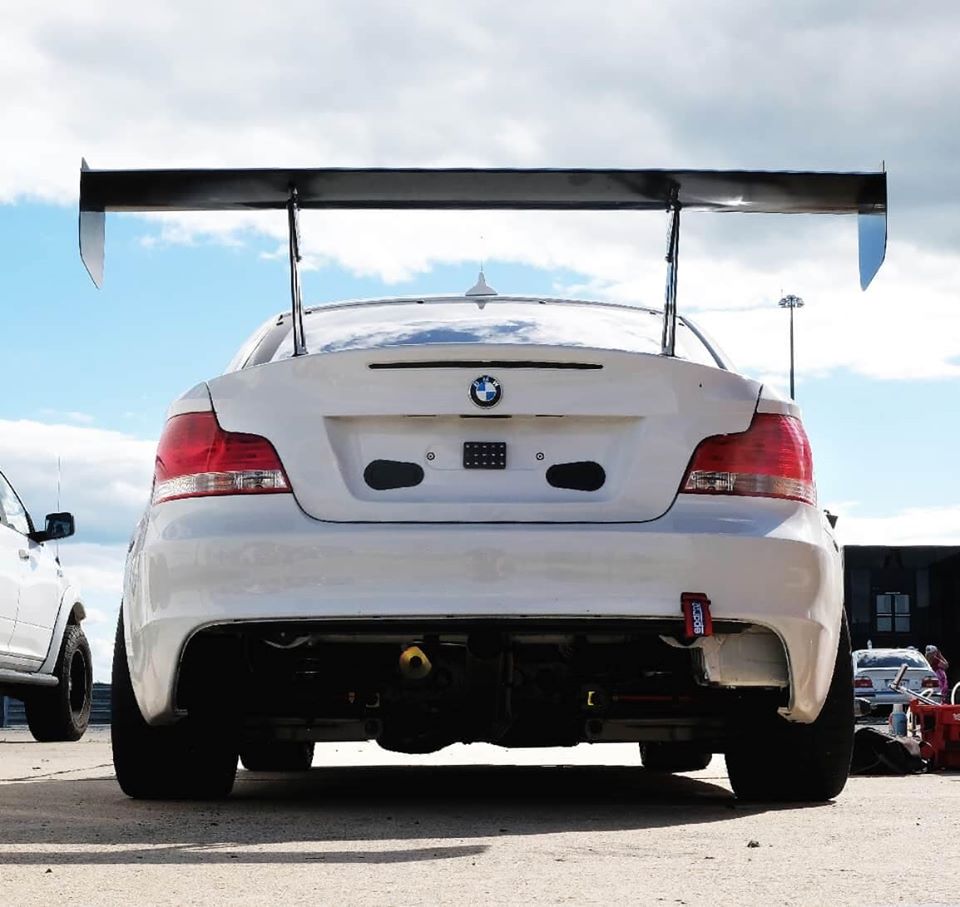
This car was racing in a specific division so we had to tune it to a specific Horsepower as the Weight to HP ratio was given and we were not allowed to step above 292HP in this car’s case. What we did was we hit 290HP as soon as possible and started to taper down torque so the HP remained at around 290hp flat all the way to redline from 4000 RPM. This way we reached the maximum possible power while remaining below the limitation. This way the car was a lot quicker than other cars which made that peak HP at a certain point and not in a certain range. We had limited dyno time so later on I fine-tuned the boost control so the boost at the top of the HP range remained even more flat.
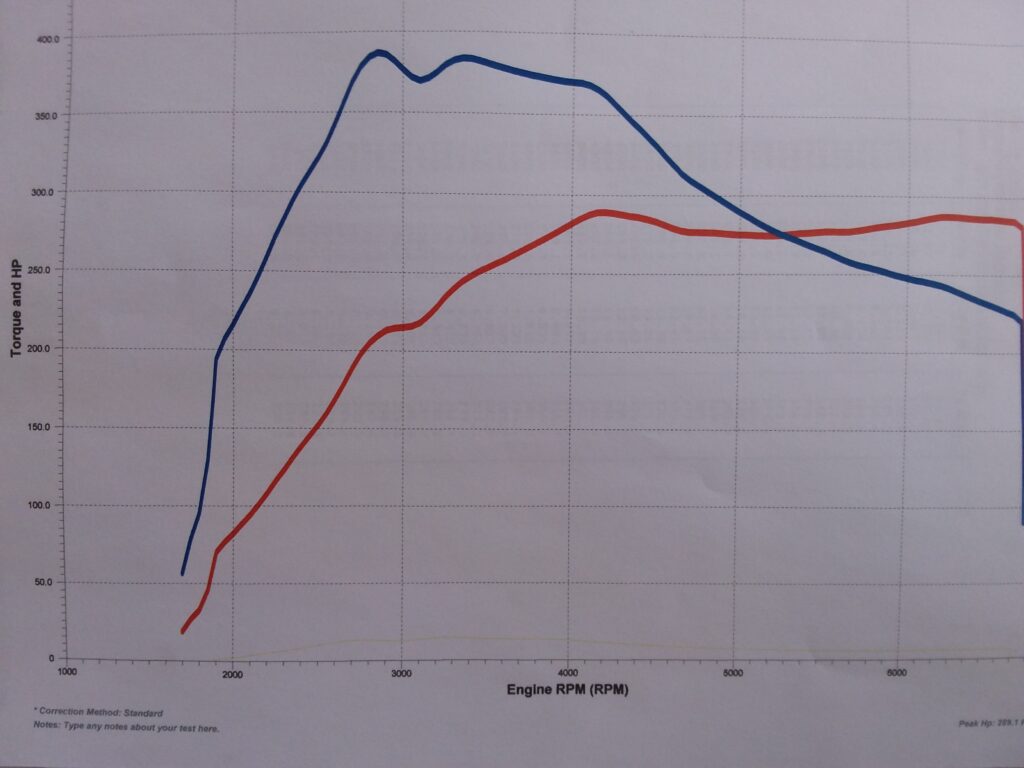
The car was running a 21.5 psi E50 tune.
Mods:
MMP Catless Downpipes
Wagner Evo 3 Intercooler
MLPerformance Chargepipe
ECS Kohlefaser Luft-Technik Twin Cone Intake
Turbosmart Diverter Valves
550i/335is clutch with DMFW
Strongflex transmission mounts
Strongflex rear subframe and diff bushings
Walbro 450 lpfp
Stock muffler
Stock Turbos
Clutch type LSD 45% 8 plate 105nm pre-load
Toyo R888R 275/35R18 rear tires
I used the Mishimoto Oil line fitting kit, so I could keep the stock thermostat. I used two 90-degree fittings at the oil cooler and used 90 and 45-degree fittings at the thermostat. The oil line would be forced to bend way too much otherwise. The car has a CSF radiator which is a bit thicker than stock and causes difficulties fitting the inlets but allowed enough space for the oil lines to fit in there.
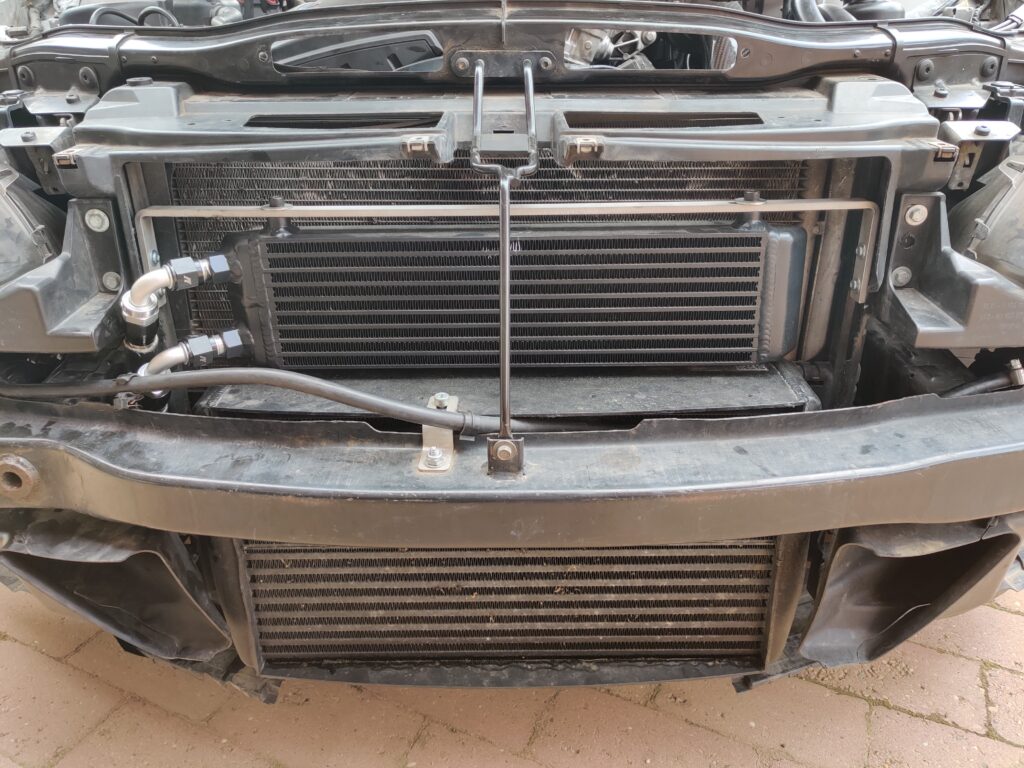
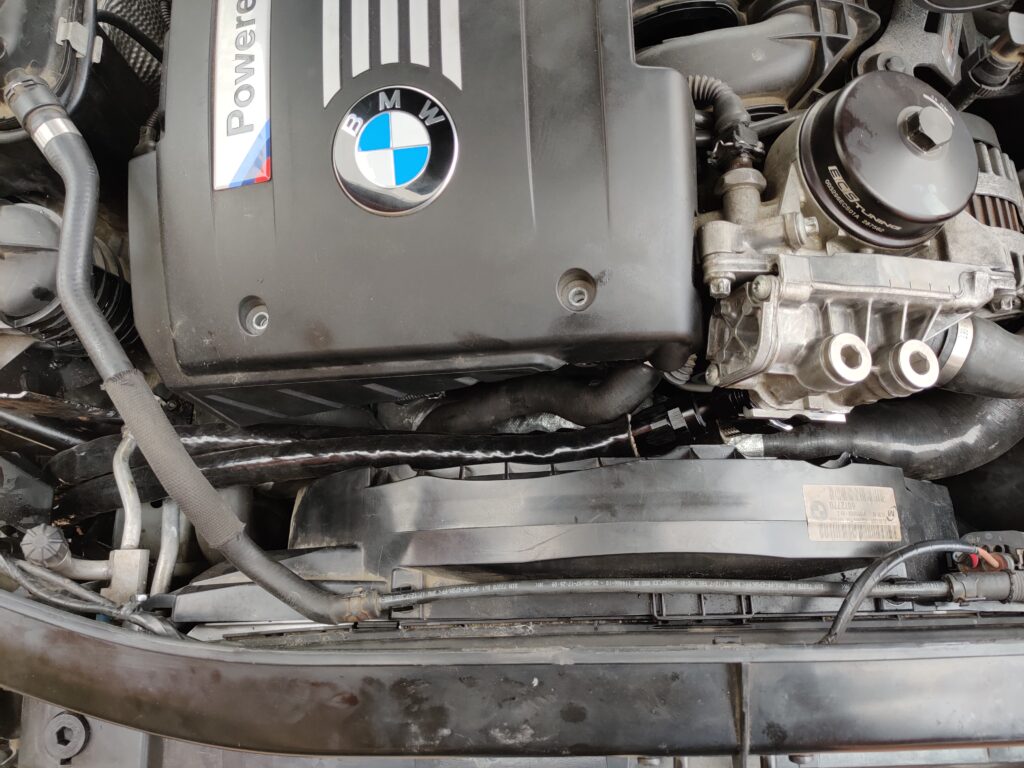
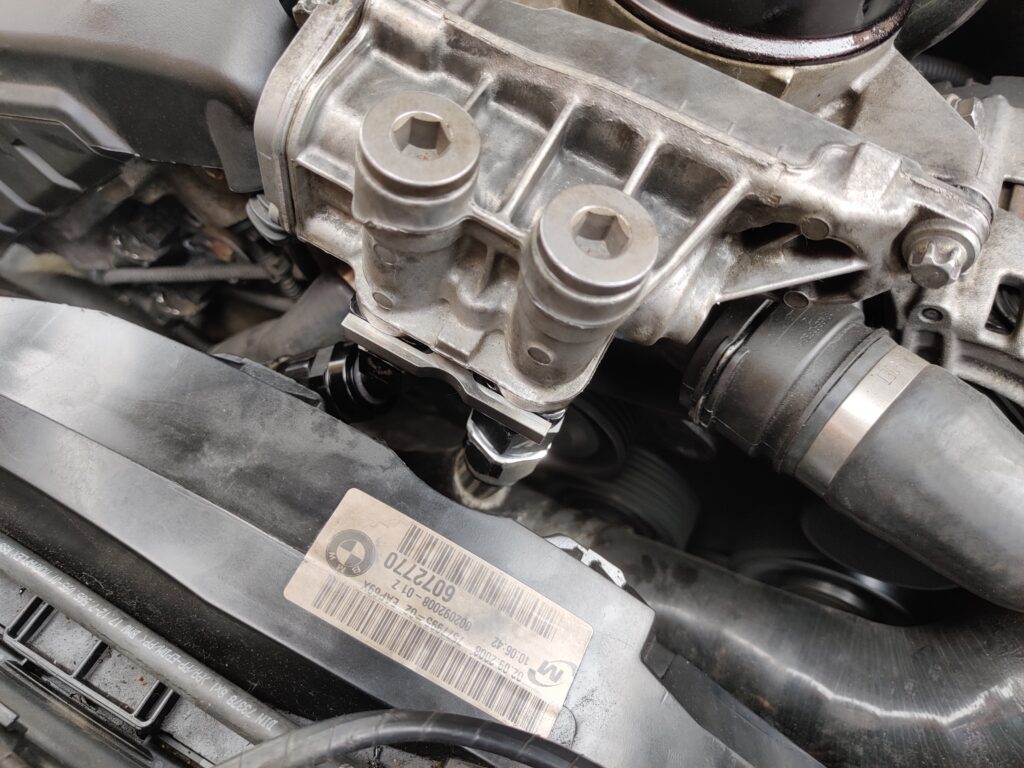
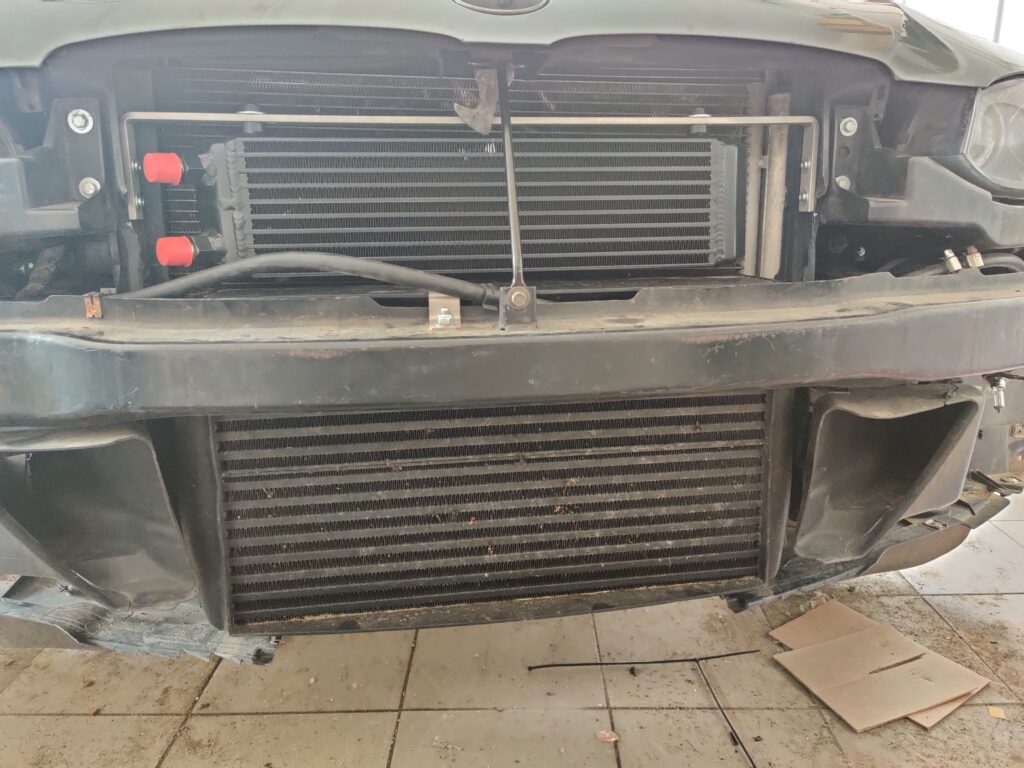
Measure Hp and Tq using your CSV datalog.
Measuring your car’s torque and horsepower has never been easier, now that you can do it with the help of your mobile device and this digital Dyno. You just need to open one of your datalog of a pull, and Log Dyno will do the rest.
You can use any CSV or MSL OBD datalog file that contains RPM data which is needed to measure Horsepower and Torque. You can also use SPEED data from GPS performance measurement devices such as VBOX and RaceBox and RaceBox mini.
From the torque curve, the app is also able to determine the optimal gear shift points to ensure maximum acceleration. This makes sure you know when to shift, so you always have the most possible power at the wheels.
Compare multiple measurements!
You can save each one of your Dyno measurements, and compare them, or just analyze them interactively.


What datalog files can be used?
● JB4
● MHD
● ProTool
● COBB
● ProTool
● Bootmod3
● and any other CSV datalog with RPM data or GPS Speed
This is the easiest way to have your torque and horsepower measured with a virtual dyno using only your mobile phone and your datalog. You can see if your mods or tune work right away, and compare them.
★Log Dyno has been compared to multiple real life dyno sheets, and measurements were spot on, with multiple different vehicles★
How does it work?
#1. Datalog your vehicle
Take the datalog just like a dyno pull, in one given gear, from low rpm to high rpm. Try to avoid wheelspin as it can cause spikes in the graph.
#2. Set up your vehicle data
The dyno app requires some data about your vehicle. You’ll be asked to set values for the following:
● Car Name
● Weight
● Tank Capacity
● Tire Size
● DT%
● Drag Coefficient
● Frontal Area
#3. Share the results!
You can share your results right from the virtual dyno measurement page to basically any app or post it to any social network or email it. Of course, you can just save the results in your phone gallery too.
For more detailed information, scroll down to the bottom of the description and see the User’s Guide.
How accurate is the dyno measurement?
If you have set your vehicle data correctly, the results our dyno app gives will be the same as the results a real dyno will give you. Also, keep in mind that wheelspin may result in spikes in the graph. If you are unable to avoid it, you’ll still get accurate results, you just need to ignore the spikes.
The best thing about our dyno app is that you can see right away how your mods work after datalogging. Now, you don’t have to go to the dyno if you want to measure any small modification or just never had your car’s power measured. You can see right away how your mods or tune work after datalogging. You can dyno unlimited times and unlimited vehicles for the fraction of the price of a dyno measurement.
You have to set your car up, how much it weighs, its tire size, the gear ratios, and also what your car drag coefficient and frontal area are, which the app will help in determining.
Based on your car data and environmental values, the app calculates a torque and horsepower curve from the datalog, which you can analyze. The app also points out the peak values, and you will be able to see at what rpm you made the most torque and the most power.
Corrections:
● Uncorrected
● SAE J1349
● STD
● DIN 70020
● ISO 1585
Power Units:
● WHP
● BHP
● PS
● KW
Torque Units:
● LB-FT
● NM
At the wheels or at the crank
The app is widely used among N54 N55 and S55 Tuners with great results backed up by dyno runs.
You can datalog either via OBD or your piggyback tuner, all you need is a CSV file. You can also use a GPS device to datalog SPEED for measurement.